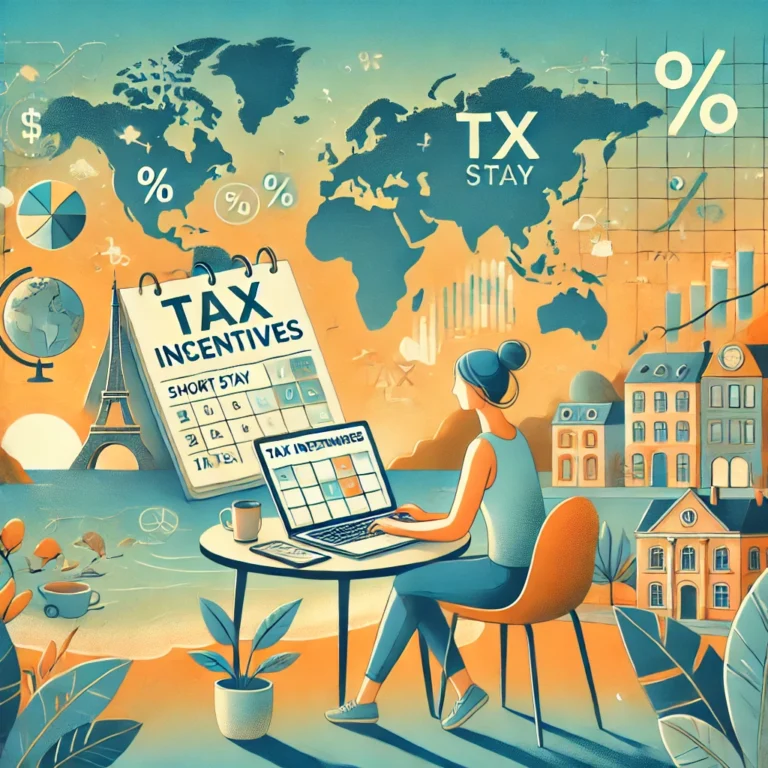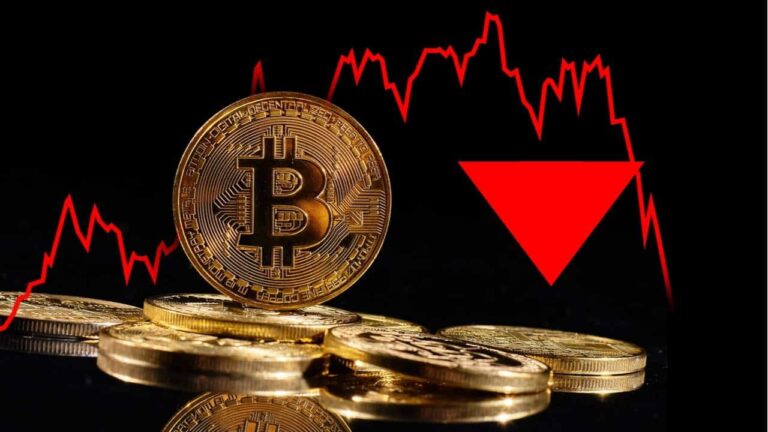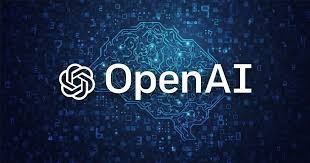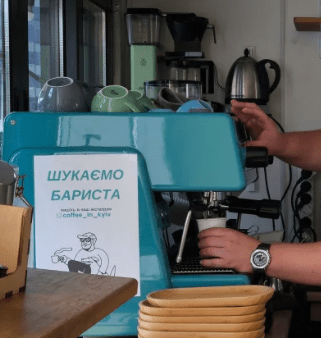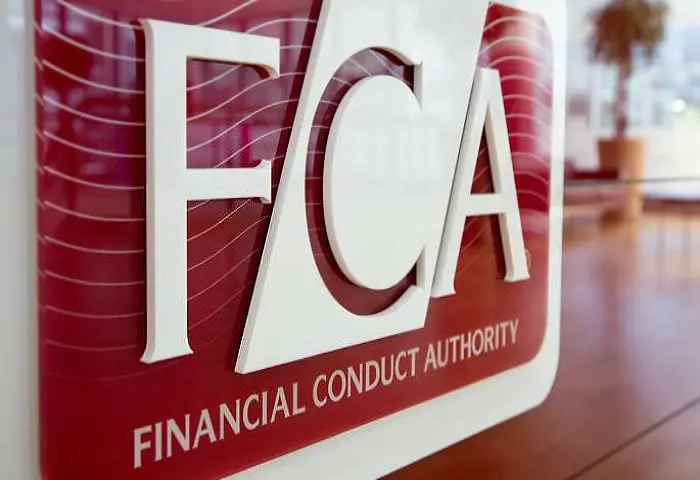Digital nomads—people who work remotely while traveling the globe—have become a highly sought-after group for many countries. Recognizing their potential as long-term tourists and investors, several nations have rolled out enticing tax incentives to lure them in. But what’s the real story behind these offers, and how do they actually play out in practice? Let’s take a deeper dive into the reality of tax incentives for digital nomads.
1. Why Are Countries Offering Tax Breaks to Digital Nomads?
Countries, especially those with tourism-driven economies, see digital nomads as valuable assets. Unlike traditional tourists, digital nomads often stay longer, spend more, and integrate into local communities.
By offering tax incentives and special visa programs, countries aim to:
- Boost the Local Economy: Digital nomads pay for accommodation, food, activities, and services, providing a steady revenue stream.
- Attract Talent: Digital nomads are often skilled professionals who bring knowledge and networking opportunities.
- Encourage Long-Term Investment: Some nomads eventually settle down or invest in local properties, creating additional tax revenue.
2. Types of Tax Incentives for Digital Nomads
Tax incentives vary widely by country, ranging from reduced income tax rates to complete exemptions under certain conditions. Here are some common examples:
a) Special Visas and Tax Exemptions
Countries like Estonia, Portugal, and the Bahamas offer “digital nomad visas” that allow remote workers to stay for an extended period. These visas often come with tax perks, such as reduced income tax rates or total exemption from income tax for a certain period.
b) Territorial Tax Systems
Countries like Costa Rica and Thailand only tax income earned within their borders. This means that digital nomads earning income from abroad may not have to pay any local taxes.
c) Tax-Free Stays for Short-Term Residents
Some countries offer tax-free periods for stays under a certain duration—often less than six months. This allows digital nomads to enjoy the country without hefty tax obligations, as long as they keep their stay brief.
d) Reduced Tax on Foreign Income
Countries like Portugal offer attractive tax regimes, such as the “Non-Habitual Resident” (NHR) program, which grants a 10-year tax break on certain foreign income for those who spend at least six months a year in the country.
3. The Reality Behind the Tax Incentives
While these tax incentives sound enticing, they often come with hidden complexities. Here are some real-world challenges digital nomads face:
a) Bureaucracy and Red Tape
Accessing these tax breaks and visa programs often involves a lot of paperwork. Digital nomads may need to provide extensive documentation, including proof of income, employment contracts, health insurance, and sometimes even police background checks. This process can be time-consuming and frustrating.
b) Constantly Changing Local Tax Laws
Tax incentives are subject to local tax laws, which can change unexpectedly. For example, in 2020, Portugal made changes to its NHR program, reducing some of its benefits. Digital nomads must stay informed to ensure they are complying with the latest regulations and maximizing their benefits.
c) Navigating Double Taxation Agreements
To fully benefit from tax incentives, digital nomads need to understand the double taxation agreements between their home country and the country they’re staying in. These agreements determine where income is taxed and are designed to prevent paying taxes twice—but they can be complex and difficult to interpret.
d) Additional Costs and Requirements
Even with tax breaks, there are often hidden costs, such as visa fees, insurance, or local registration requirements. Moreover, nomads might have to meet certain criteria—like a minimum income or stay duration—to qualify for these benefits.
4. Tips for Digital Nomads to Make the Most of Tax Incentives
To effectively navigate the world of tax incentives, digital nomads should:
- Do Your Research: Thoroughly investigate the tax rules and incentives of your destination country, and keep up-to-date with any changes.
- Consult a Local Tax Expert: A local tax advisor can help clarify complex tax laws and ensure compliance with all regulations.
- Stay Flexible: Be ready to adapt if tax laws change, visa conditions evolve, or bureaucratic hurdles arise. Flexibility is key.
Final Thoughts
Tax incentives for digital nomads can offer exciting opportunities to lower your cost of living while seeing the world. However, the reality often involves more complexity than the marketing suggests. To make the most of these incentives, you need to be well-prepared, informed, and ready to adapt to changing conditions.
With the right strategy and mindset, tax incentives can make the digital nomad lifestyle not just sustainable, but also incredibly rewarding. Embrace the challenge, and you might just find the perfect base for your nomadic adventures!



